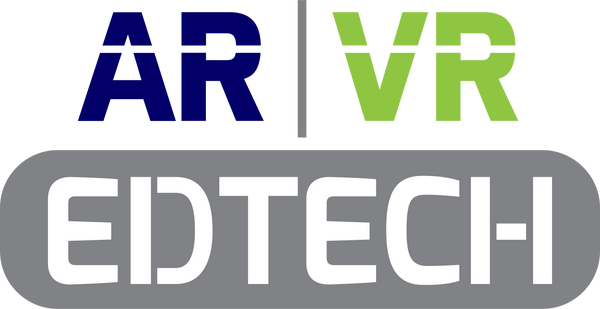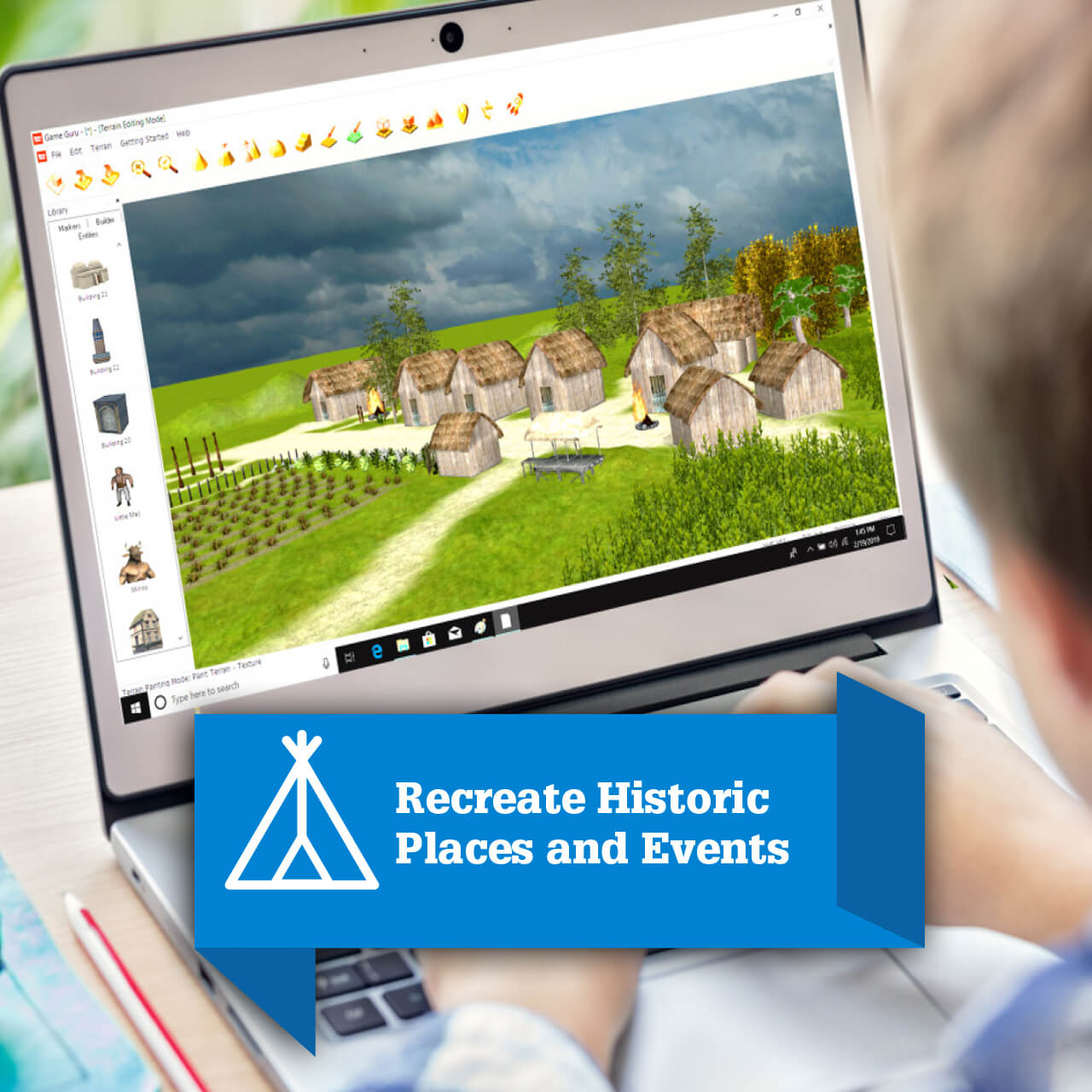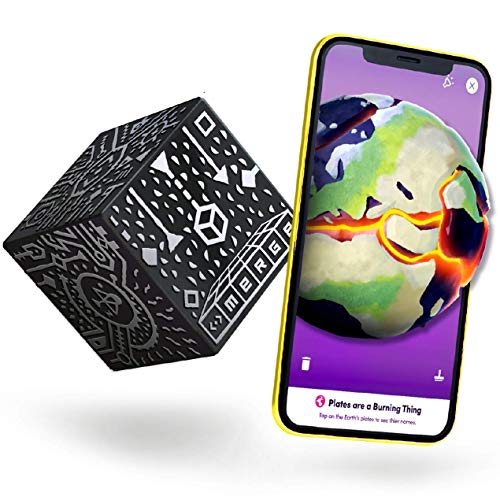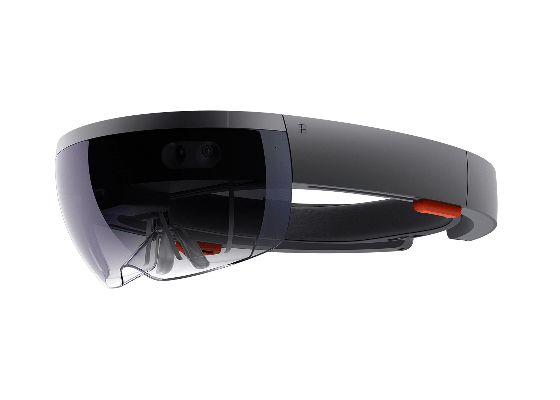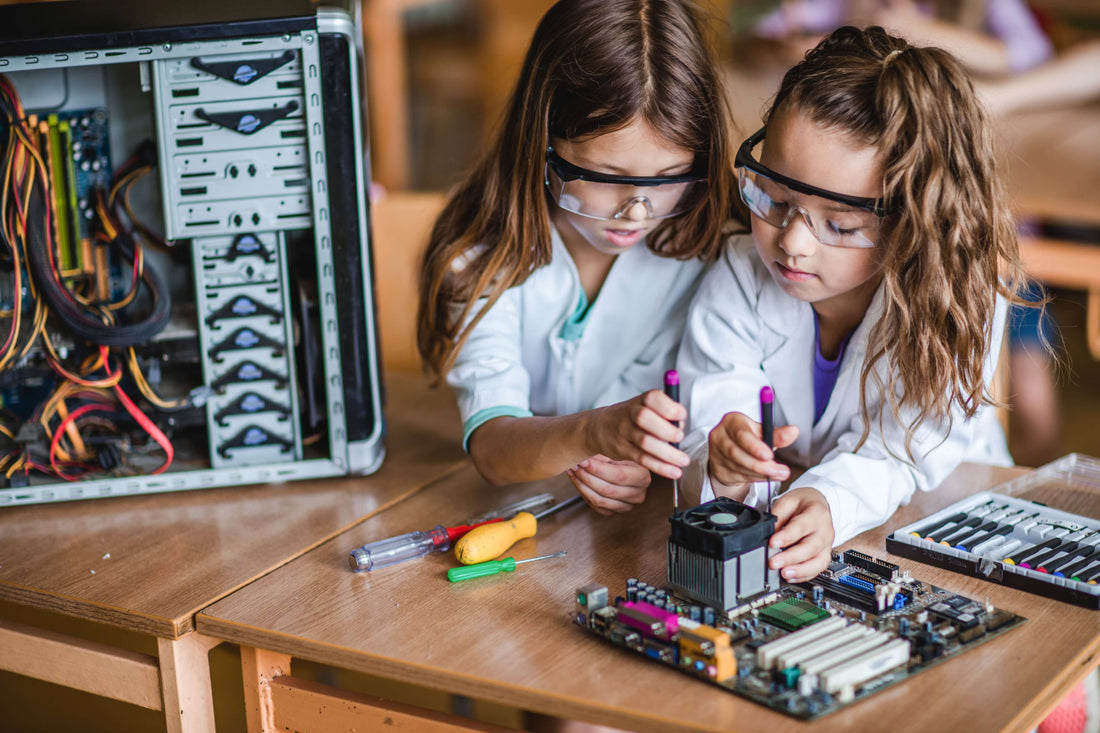
Transforming K-12 Education with AR/VR Platforms
Share
Education with AR/VR Platforms
AR/VR technologies are changing how students learn in K-12 classrooms. These tools offer new ways to engage with subjects and bring lessons to life. Let's explore how augmented reality and virtual reality are reshaping education.
Key Takeaways
| Benefits | Popular Tools | Applications |
|---|---|---|
| - Immersive learning experiences - Enhanced student engagement - Overcoming classroom limitations - Support for diverse learning needs |
- VR Quest® - Merge Cube - Microsoft HoloLens - Google Cardboard |
- STEM Education - Virtual Field Trips - Language Learning - Arts and Creativity |
Key Benefits of AR/VR in K-12 Education
Key Benefits of AR/VR in K-12 Education
- Immersive learning experiences
- Enhanced student engagement
- Overcoming classroom limitations
- Support for diverse learning needs
AR/VR platforms offer immersive experiences that go beyond traditional teaching methods. Students can explore historical sites, dissect virtual organisms, or practice real-world skills in safe, controlled environments. These technologies cater to different learning styles and help students grasp complex concepts more easily.
One of the biggest advantages is the ability to overcome physical limitations. Virtual field trips allow students to visit places they might never see in person. This opens up a world of possibilities for learning about different cultures, environments, and historical periods. AR/VR tools can provide real-time feedback, allowing students to learn from their mistakes and improve their skills more quickly than in traditional learning environments.
Popular AR/VR Tools for K-12 Classrooms
Several AR/VR tools are making waves in K-12 education. Let's look at two popular options:
1. VR Quest® Virtual Reality Game-Building Platform
VR Quest® lets students create their own virtual reality games. This platform combines coding, storytelling, and design skills. It's a great way to teach STEM concepts while fostering creativity. Students can develop problem-solving skills, learn basic programming concepts, and collaborate on projects, all within an engaging virtual environment.
2. Merge Cube for Augmented Reality Learning
The Merge Cube turns a foam cube into a handheld digital device. Students can interact with 3D objects, from molecules to historical artifacts. It's a hands-on way to explore subjects across the curriculum. This tool is particularly effective for visual and hands-on learners, allowing them to manipulate and examine virtual objects as if they were real.
AR/VR Across Different Subjects
AR/VR platforms can enhance learning in various subjects:
STEM Education
In science and math classes, AR/VR brings abstract concepts to life. Students can visualize chemical reactions, explore the human body, or manipulate 3D geometric shapes. Science kits enhanced with AR offer hands-on experiments with digital overlays. For example, students can see the flow of electricity in a circuit or observe the growth of plants in accelerated time.
Social Studies and Virtual Field Trips
History and geography come alive through virtual field trips. Students can walk through ancient Rome, explore the pyramids of Egypt, or visit far-off ecosystems without leaving the classroom. These experiences provide context to historical events and geographical concepts, making them more memorable and engaging.
Language Learning and Cultural Immersion
AR/VR creates immersive environments for practicing languages. Students can have virtual conversations with native speakers or explore foreign cities, enhancing both language skills and cultural understanding. This technology can simulate real-world scenarios, helping students build confidence in using a new language in practical situations.
Arts and Creativity
In art classes, VR allows students to sculpt in 3D space or visit virtual museums. AR can bring paintings to life or overlay digital elements onto physical artwork. STEAM kits combine technology with artistic expression, fostering creativity and innovation. Students can experiment with different art styles, materials, and techniques without the limitations of physical resources.
Real-World Examples of AR/VR in K-12 Education
Microsoft HoloLens in Education
The Microsoft HoloLens is being used in schools to create mixed reality experiences. Students can interact with holographic models, enhancing their understanding of complex subjects like anatomy or engineering. For instance, medical students can practice surgical procedures on virtual patients, while engineering students can visualize and manipulate 3D models of their designs.
Google Cardboard VR in the Classroom
Google Cardboard offers an affordable entry point into VR for schools. Teachers have used it for virtual field trips, 3D modeling in art classes, and immersive storytelling in literature lessons. This accessible tool allows students to explore the solar system, dive into the ocean depths, or walk through historical events, making learning more experiential and memorable.
Challenges and Considerations
While AR/VR platforms offer exciting possibilities, there are challenges to consider:
- Cost and accessibility: High-end VR equipment can be expensive for schools. However, more affordable options like Google Cardboard are making VR more accessible.
- Integration with existing curricula: Teachers need support to effectively incorporate AR/VR into lessons. Professional development and ready-made lesson plans can help bridge this gap.
- Technical issues: Schools must be prepared to handle hardware and software problems. This may require additional IT support and staff training.
- Health and safety: Extended use of VR headsets can cause eye strain or dizziness in some users. It's important to implement guidelines for safe usage and regular breaks.
- Content quality and relevance: As with any educational tool, the quality and relevance of AR/VR content are crucial. Educators need to carefully evaluate and select appropriate experiences that align with learning objectives.
The Future of AR/VR in K-12 Education
As technology advances, we can expect to see more personalized and adaptive learning experiences. New devices like the Meta Quest 3 are making VR more accessible and user-friendly. These advancements will likely lead to more sophisticated educational applications, such as AI-powered virtual tutors and fully immersive historical simulations.
Content libraries for educational AR/VR are growing, covering more subjects and grade levels. This will make it easier for teachers to find relevant materials for their classes. We may also see increased collaboration between educators and tech companies to develop curriculum-aligned AR/VR content.
Getting Started with AR/VR in Your Classroom
If you're interested in bringing AR/VR to your classroom, here are some tips:
- Start small: Begin with simple AR apps or affordable VR viewers like Google Cardboard. This allows you to test the waters without a big investment.
- Align with curriculum: Choose AR/VR experiences that support your existing lesson plans. Look for content that enhances rather than replaces traditional teaching methods.
- Provide training: Ensure teachers are comfortable with the technology before introducing it to students. Consider organizing workshops or peer-to-peer training sessions.
- Consider a STEAM Creators Deluxe Kit to combine hands-on learning with digital experiences. These kits can provide a structured approach to integrating AR/VR into STEM subjects.
- Involve students in the process: Encourage students to provide feedback on AR/VR experiences and involve them in selecting or creating content. This can increase engagement and ownership of their learning.
Conclusion
AR/VR platforms are opening up new possibilities for K-12 education. They offer immersive, engaging experiences that can enhance learning across subjects. While there are challenges to overcome, the potential benefits are significant.
As these technologies continue to evolve, they have the power to transform how students learn and interact with educational content. By embracing AR/VR tools, schools can prepare students for a future where these technologies will play an increasingly important role in both education and the workplace.
To learn more about AR and VR companies making waves in education, check out our guide to AR and VR companies in education. This resource can help educators and administrators make informed decisions about incorporating AR/VR technologies into their schools.
DISCLAIMER:
ARVRedtech.com is not endorsed by, sponsored by, or affiliated with any of the companies mentioned on this page, including VR Quest®, Merge Cube, Microsoft HoloLens, or Google Cardboard. All trademarks are the property of their respective owners. The information on this site is for informational purposes.
